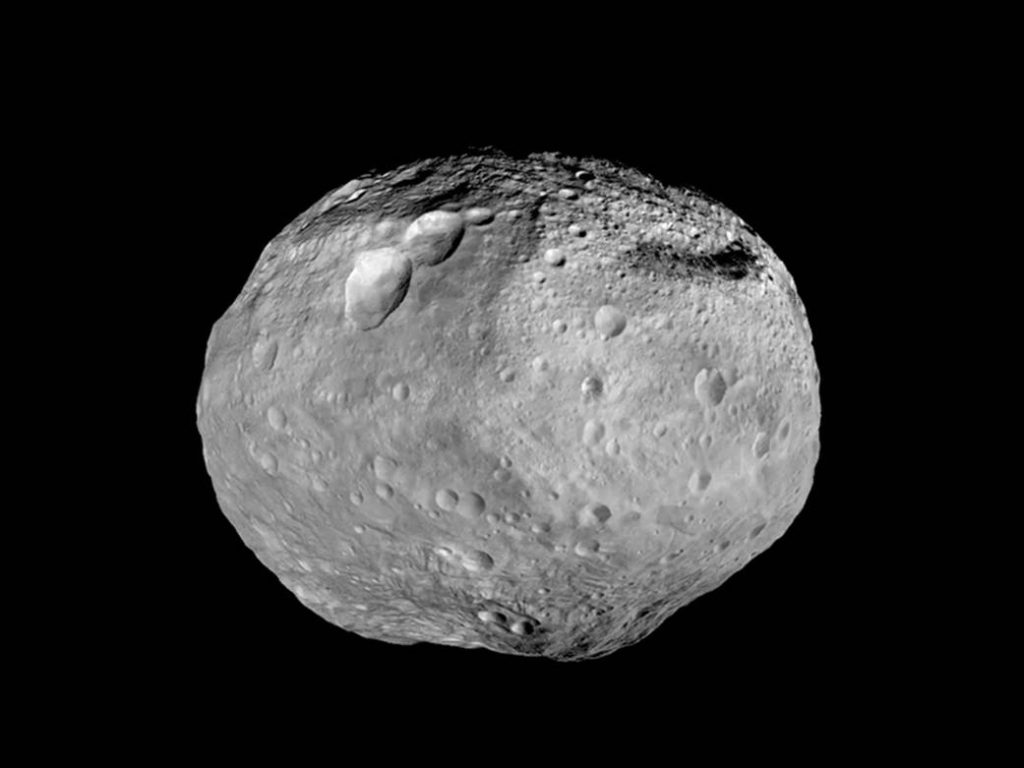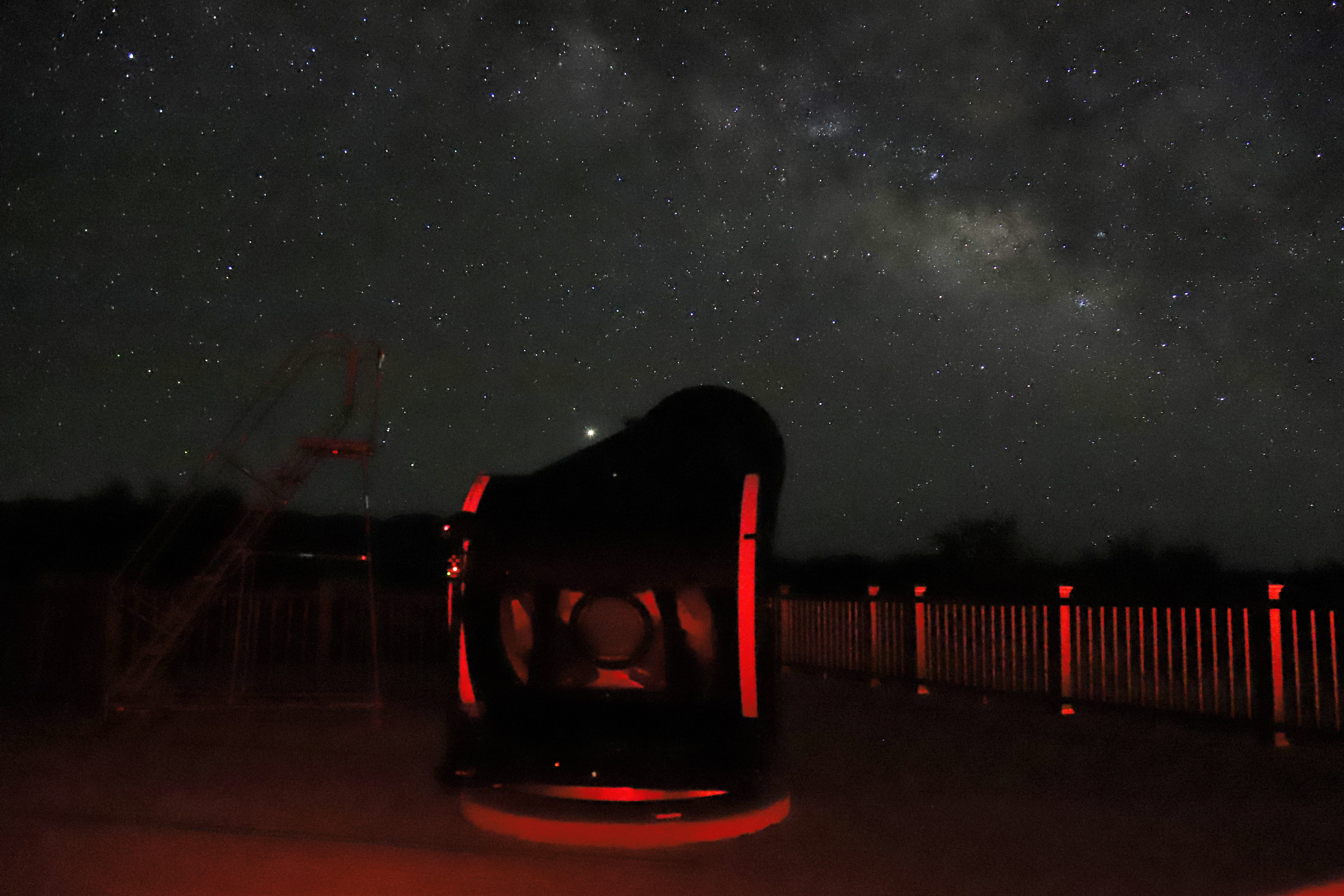Join the Tucson Amateur Astronomy Association (TAAA) and Saguaro National Park – East for some Sun gazing at the park. We will observe the Sun through telescopes with appropriate filters so you will get to see sunspots, prominences, flares, and more.
The Sun is nearing its peak in the sunspot cycle so there is lots of activity on its surface.
This event is FREE and open to the public. NPS admission fees apply.
The telescopes will be set up at the Bicycle Ramada next to the Visitors Center. This event will most likely be canceled in the event of clouds/rain.











